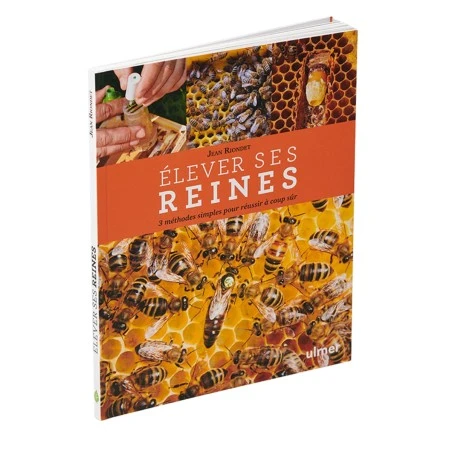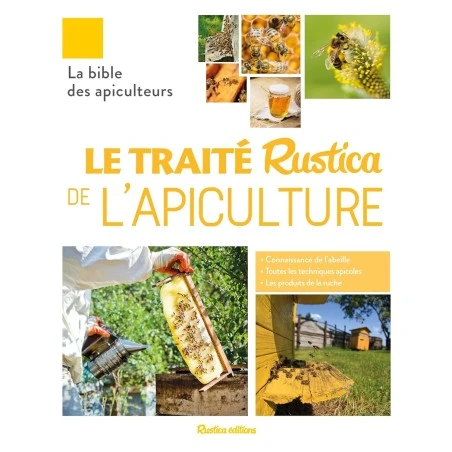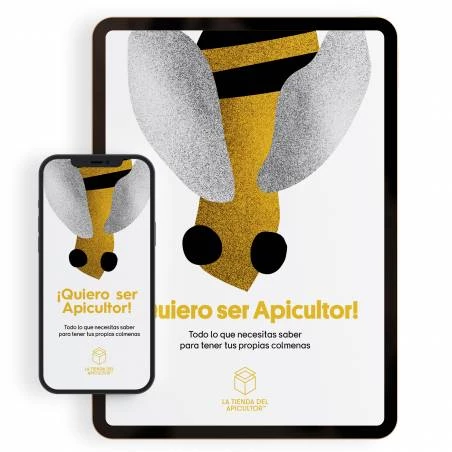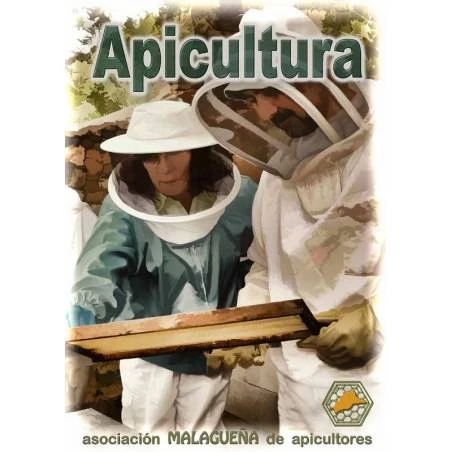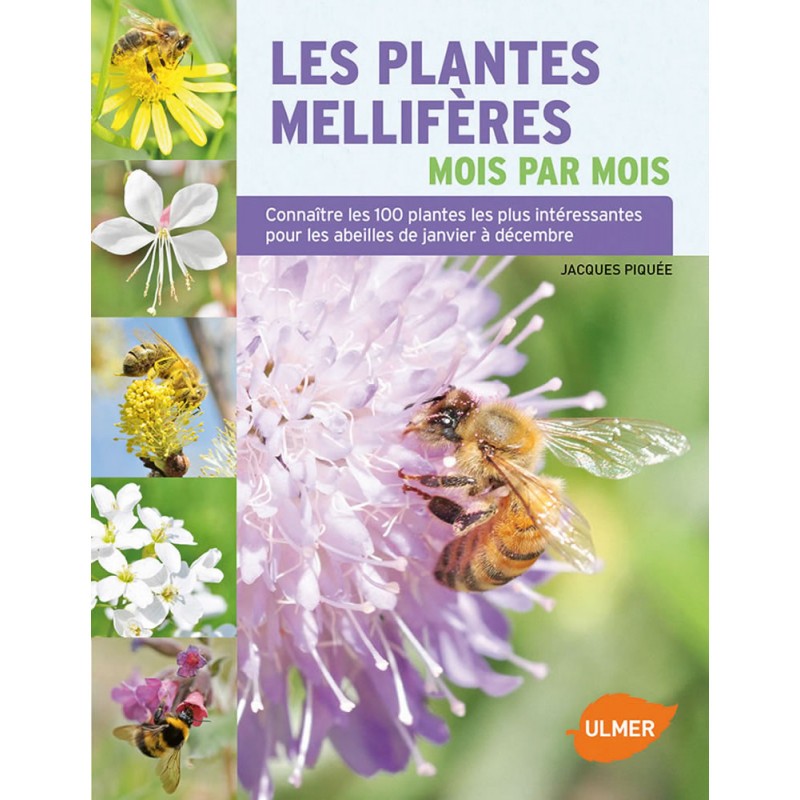




This practical book, written in French, is an indispensable tool for beekeepers, whether beginners or experienced. Jacques Piquée presents more than 100 honey plants classified by flowering order, from January to December, to help bees stay healthy through a diversified diet.
With this book, you will discover not only the most well-known plants, like rapeseed, acacia, and lavender, but also lesser-known but equally essential flowers for the survival of bees. Each plant is illustrated with several photos to facilitate identification, and the text highlights its value to bees.
This book is perfect for those who want to enrich their environment with honey plants and better understand how to support bee colonies, especially in a context where they are weakened by pesticides, the Asian hornet, or the varroa mite. It will also help you avoid potentially invasive plants.
About the author
Jacques Piquée, a teacher in biology and beekeeper, is a recognized expert in honey plants. He writes a monthly column for the magazine "L'abeille de France et l'apiculteur" and was responsible for the AOP recognition of Vosges fir honey.

This practical book, written in French, is an indispensable tool for beekeepers, whether beginners or experienced. Jacques Piquée presents more than 100 honey plants classified by flowering order, from January to December, to help bees stay healthy through a diversified diet.
check_circle
check_circle

